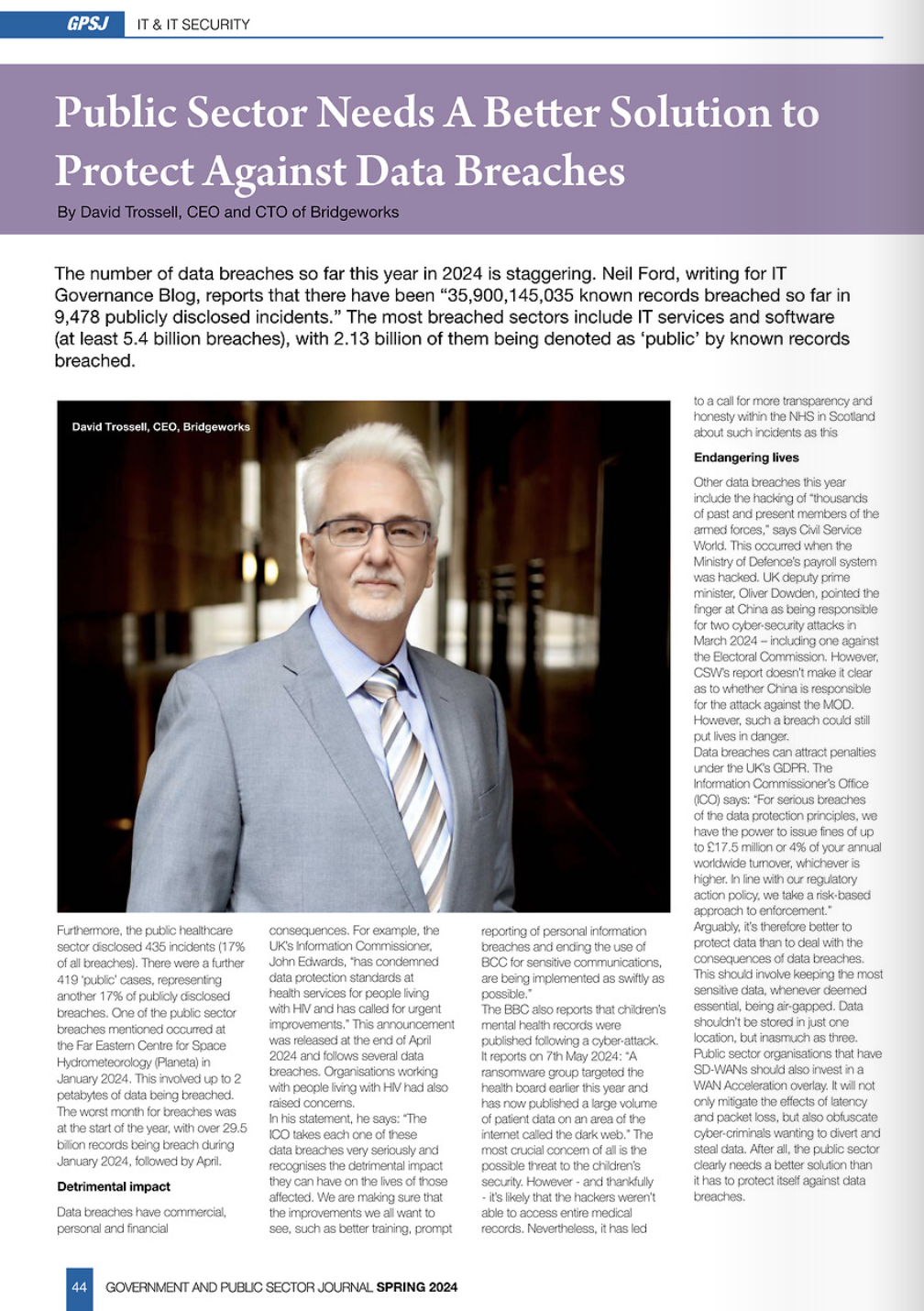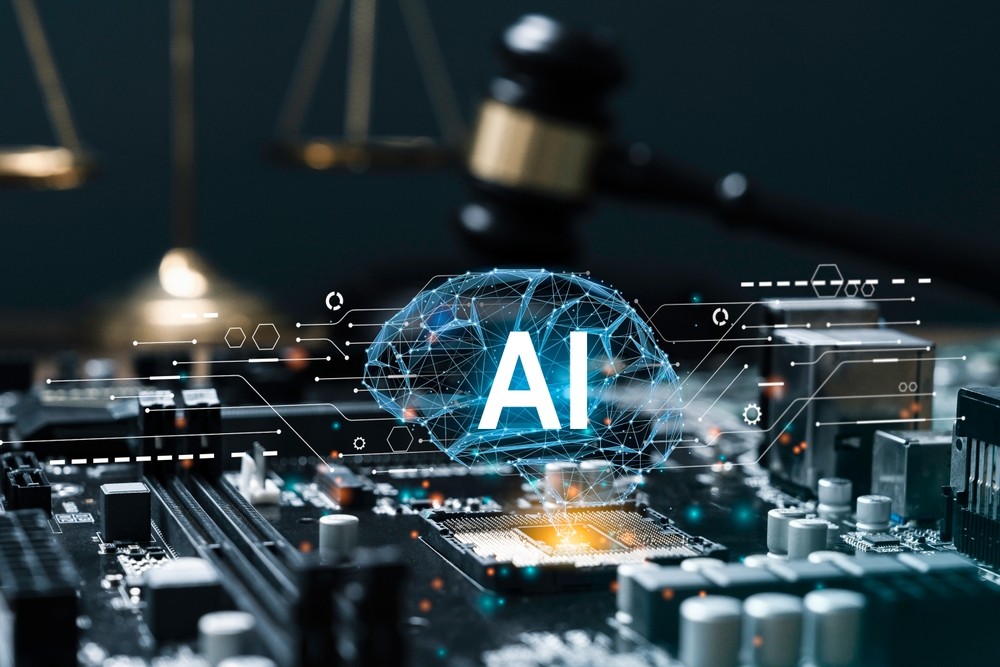Smart Leadership + Transformational Tech = Transformed Business
At the end of July, Gartner released the 2016 Hype Cycle for Infrastructure Services. The report has become a crucial tool in a world where it is becoming ever-more critical for organizations to understand how past, present and future technology sits within the infrastructure eco-system and should be the manual to guide service sourcing strategies and future investment decisions.
If you haven’t yet managed to familiarize yourself with the report, I strongly advise you to do so. And fast. Because what struck me was despite the fact that we spend a lot of time listening and learning from CIOs who are all talking about same challenges, there seems to be an alarming reluctance to digest the solutions that reports such as this latest Gartner report uncover.
To save you some time, let me highlight the most important take-away from the report that could revolutionize your approach to moving data over the WAN and the challenges of latency and packet loss.
Transformational Tech is the answer now… not the future.
As with the Hype Cycle report from 2015, Gartner is very clear to point out that Transformational tech will solve many of the challenges that CIOs face now, and in the future.
One example that is close to our hearts is the fact that as data volumes continue to grow, we hear daily from our clients, how these challenges are snowballing and I don’t think anyone would argue that the way current infrastructures are dealing with WAN transfers are already starting to buckle under the pressure.
Business critical functions such as back up and replication are operating slower and less efficiently, due to the changing nature and growing volumes of data. Consider then how slow data transfer speeds have a knock-on effect to Business continuity planning, should the worst case scenario happen. Worryingly, we regularly hear that many enterprises are forced in to adopting an ‘it will never happen to me’ approach, because they are unaware how to move beyond the tried and tested approach.
Everyone seems to be putting one of a couple of unnecessary obstacles in their path to a solution. Firstly, you could be waiting for this transformational technology to arrive, blissfully unaware that it’s already here. Great news, right?! And secondly, maybe you know it’s here but you are hesitantly waiting for this transformational tech to achieve general market adoption before you take the leap.
My question to you guys is, how bad do things have to get before the market achieves that adoption? And more importantly for the CEO, what catastrophic failure has to happen to an enterprise before you are forced to look at trying something different?
So.. With all this in mind, I have been wondering why the industry is slow to embrace change and I think it comes down to a few legitimate issues.
Primary focus on budgeting is impacting on informed buying decisions
The role of the CIO has changed. More pressure is being put on them to deliver cost-effective infrastructure and where possible optimize more of what they already have.
The CIO role has moved beyond being built on pure tech knowledge and now has more of a requirement to manage cost. Because enterprises are forcing them to do more with less – to be leaner and more agile – and to contribute to bigger margins and decreased risk. Money and the ‘bottom line’ has had to become their biggest priority and this takes most of their time. CIOs therefore have no choice but to force infrastructure buying decisions down the chain of command.
Sure this frees up their time and is undoubtedly an efficient use of resource, but the unfortunate result of this delegation is that less senior people are making decisions based on the tried and tested, rather than the revolutionary. And why wouldn’t they because they are not senior enough to authorize a change in approach?
It’s the responsibility of the CIO to lead by example and to stay ahead of the game with regards to transformational tech but the sad fact is that most CIOs are so busy trying to manage costs of their spiralling infrastructure requirements, they just don’t have the time to stay ahead of what’s out there.
This leads to more of the same. A perceived safety net of buying more of the same, yet expecting different results. As a side note, wasn’t that Einstein’s definition of madness? Just saying…
So look CIOs! I know you are busy but here are three things that will help you achieve the happy medium between cost and better performance. With an added layer of reduced risk for good measure.
1/ Look at your existing infrastructure and make sure that it is being optimized. This means looking honestly at how everything is performing against it’s potential. As an example, we find that most enterprises are only using 20% of their WAN’s potential. Finding a way to increase performance, without having to increase spend on increasing the spec for the same solutions will only contribute positively to your budgets.
2/ We all know that technology is changing at light speed and as a result, it’s tough to absorb every new solution on the market. However, if you get time to read anything, take the ‘quick win’ options by the digesting market reports (like Gartner) as this is going to be the quickest way to unveil options that help you lead the way.
These reports will give you suggestions about the emerging transformational technology that is already on the market and will help you adopt new, cost-effective technologies that will future-proof your infrastructure. Future-proofing is likely to save you time in the long run, when everyone is struggling to keep up.
3/ Don’t fall in to the trap of thinking that the risks associated with underperforming, slow WAN links, won’t affect you. If the lights go out, the buck stops with you to ensure the infrastructure protects the business and can ensure it is back up and running again as soon as possible. Underperformance across your WAN will impact across almost every area of your business.
Beyond the inconvenience that slow transfers have on extracting the potential value from data, the comparative cost to the business could be much more catastrophic than a relatively small investment in trialing a new solution. At all costs, the infrastructure has to support business continuity.Imagine if your DR planning was confident in its ability to harvest data quicker, more efficiently so that the impact was minimized. We are talking small amounts of cash vs. billions of dollars of damage. You can’t afford not to be ahead of the curve in putting these transformational technologies to work as soon as they are available.
The challenges surrounding growing volumes of data and getting data to where it needs to be has become my specialist subject. I talk regularly to clients and CIOs about what they are trying to achieve and how to overcome some of the issues they face on a daily basis.
My answer is always the same. You need to take a step back and move beyond the approach of architecting around the problem. The transformational tech exists for you to do something different and if you are prepared to take a small leap of faith, with minimal cost and risk – your infrastructure, budgets and performance will be transformed.




